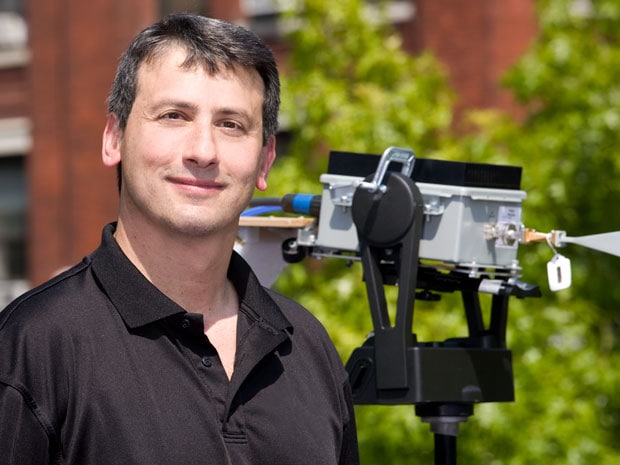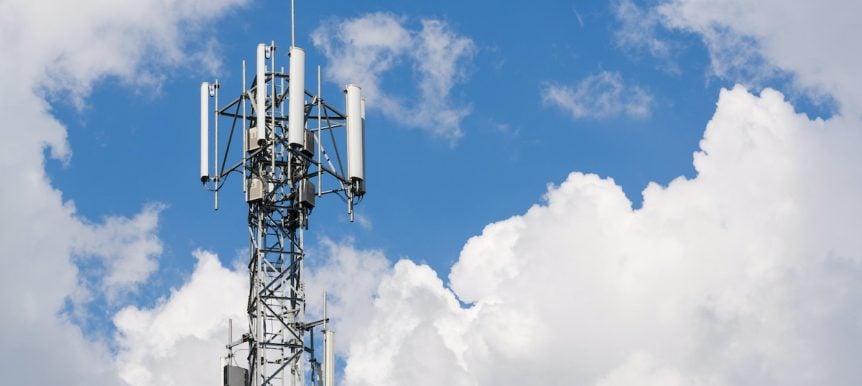5G Research Rides mmWaves

“By 2020 this is going to be in full-fledged development if not deployment”, NYU WIRELESS director Theodore Rappaport tells EE Times in an interview sharing the exciting new work being done at the wireless research center of NYU. The center has been testing next-generation communications for several years, measuring and modeling millimeter waves, especially at 28 GHz and 38 GHz frequencies.
“You don’t have to have a line of sight at all. You can be several streets away and around the corner, but energy stays in play. There’s a lot of multi-path, a lot of reflection, and surprisingly a lot of scattering,” says Rappaport explaining the replacement of omnidirectional antenna at receiver with directional antenna for overcoming the free space loss yielding data rates of 2 to 6 Gbit/s, where users can see “tens of Gbit/s” as mmW evolves. “Early measurements really opened up our eyes. We’re letting those measurements drive our research program”.
Researchers demonstrating an end to end transmission of a high definition video stream in the range of 60Ghz including modules for synchronization, equalization, and turbo decoding at Brooklyn 5G summit earlier this year, NYU WIRELESS driving ahead with work in millimeter wave bands as the new frontier for wireless communications.
Read Full Story: http://www.eetimes.com/document.asp?doc_id=1323851&&_mc=sm_eet_editor_jessicalipsky

 Biden-Harris Administration Awards Wireless Innovation Fund Grant to Sundeep Rangan & Team
Biden-Harris Administration Awards Wireless Innovation Fund Grant to Sundeep Rangan & Team Governor Kathy Hochul calls on Professor JR Rizzo to Help Boost Accessibility for NYC Commuters
Governor Kathy Hochul calls on Professor JR Rizzo to Help Boost Accessibility for NYC Commuters With NSF and Industry Support, NYU WIRELESS Aims to Harness the THz Spectrum for Amazing Possibilities
With NSF and Industry Support, NYU WIRELESS Aims to Harness the THz Spectrum for Amazing Possibilities








